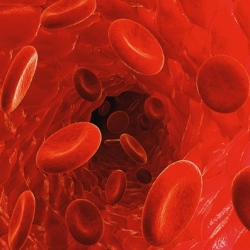
A complete picture of the areas that the immune system attacks to cause type 1 diabetes has been revealed. The study, published in the journal Diabetes, discovered the fifth and final critical target at which the immune system errantly takes aim. The team say the findings could help develop new ways to prevent and treat the disease.
Diabetes UK said the findings were "impressive". In type 1 diabetes, the immune system destroys the beta cells that make insulin – the hormone needed to keep blood sugar levels under control.
Studies looking at the unique antibodies made by patients with type 1 showed there were five key targets that the immune system attacked. But working out exactly what they were has been like identifying someone from their silhouette.
Studies long ago discovered some of the targets, but the final one has proved elusive for two decades. Dr Michael Christie, who led the research at the University of Lincoln, told the BBC: "With this new discovery, we have now finished identifying what the immune system is targeting – we have the complete picture."
The targets are:
Insulin
Glutamate decarboxylase
IA-2
Zinc transporter-8
And the final piece of the puzzle, tetraspanin-7
The more technically named ones are largely involved in secreting or storing the hormone insulin. Knowledge of some of these targets is already being used in a trial at King’s College London that is aiming to stall the progression of type 1.
But Dr Christie says having the complete picture could help transform care for type 1 patients. He said: "Once the immune system decides it wants to get rid of something it’s very hard to stop, so diabetes has proved to be a difficult disease to prevent.
"So we’re hoping that, by having identified the major targets in the disease, we can find ways to prevent it by blocking the immune response to these five proteins without leaving that person vulnerable to infections.
"With recent improvements in our understanding of the disease I’m very hopeful we’ll develop a treatment now; I have a lot more confidence than even five years ago."
